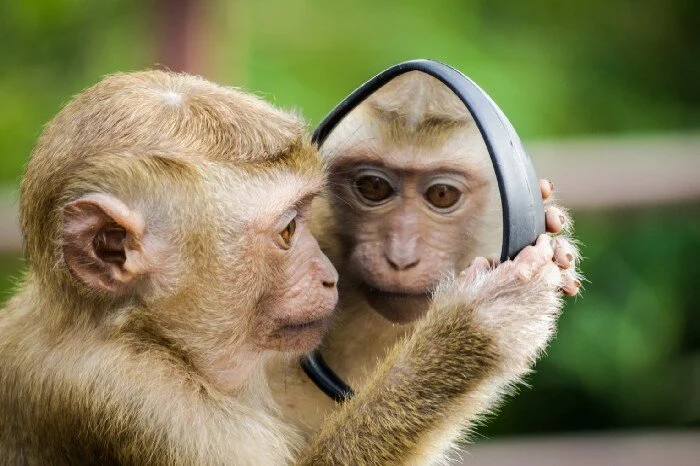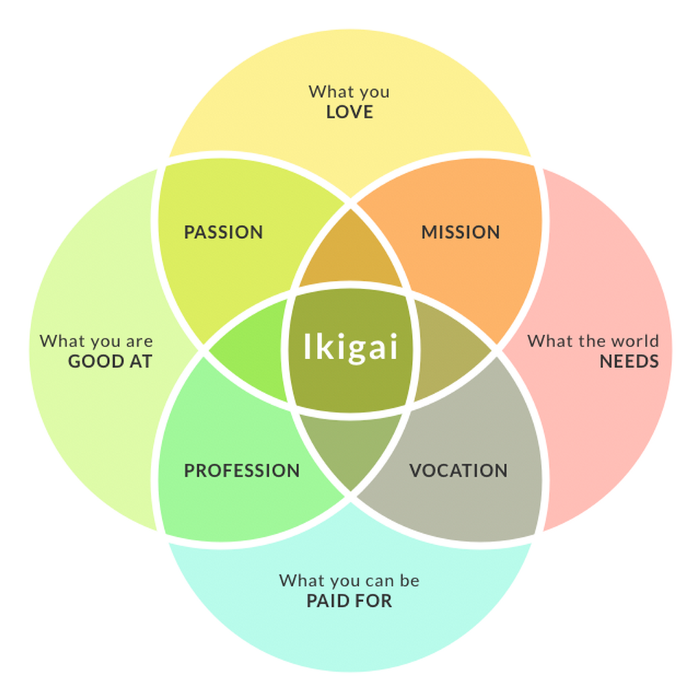Cover Photo by Andre Mouton from Pexels
Hint: You have to be deliberate about it
Many self-improvement coaches agree that self-awareness is the most important skill to learn these days. Self-awareness, combined with the ability to take action, is incredibly powerful. Until you really know what you stand for, your time is not spent most productively.
Does it matter? Yes, it does!
You only have one life — you might as well make it count. You owe it to yourself, to the people you love, and to the world. When you live life with a purpose, every moment is a gift. You always feel like you’re moving towards something meaningful.
Scratch that, you don’t feel like, you know it!
I didn’t use to be self-aware. I’d jump from jobs to jobs, chasing other people’s dreams. Then, I’d be too burned out to focus on my own dreams. One of the reasons I didn’t jump on my dreams was because they weren’t clear in my mind.
I wanted to have my own video game company and build games I wanted to play. Why? I wanted to entertain people. I wanted people to live similar moments of joy I lived when I was growing up. But why did I want to do that? Seriously, I had no clue.
Fast forward to today and I have a “map”. When comes time to make a decision on how I should spend my time, I can simply refer to this “map” to decide if I should do it or not. I don’t spend hours thinking about making decisions, I just know.
That’s the power of being self-aware!
What can I do in the first ten hours to become more self-aware?
Becoming self-aware in ten hours is very ambitious. The only way to make that possible is the plant a seed in your head and give you powerful tools you can use starting today.
The first hour [0–1]
The first step is to get an overview of what currently defines you. For the first hour, we’ll borrow an exercise you might have already read A Short Guide on How to Become More Adaptable in 10 Hours. To get an overview of what defines you, list your:
Skills — things you do well
Hobbies — things that occupy your time
Passions — things you do for fun without external incentives
Talents — things you learn fast
Loved ones — people you care about
Moments of happiness — key moments of your life or recurring events
Moments of sadness — key moments of your life or recurring events
Personality traits — things that define you as a person
Values — things you strongly believe in
The second hour [1–2]
Fill out your map of life.
The idea of the Map of Life is to figure out where you stand in 8 pillars of your life you care about.
To fill it out, go through each category and rate your satisfaction on a scale of 0–10, 0 meaning totally dissatisfied and 10 meaning complete satisfaction. From my experience helping people filling this out, both 0 and 10 are extremely rare (I’ve never seen it).
Another tip I can give you is to do it with someone who knows you well. We have a tendency to either be too hard on ourselves or overestimate our satisfaction. If you have a life coach, ask them to do the exercise with you.
When you’re done with your current situation, fill out the situation you’d want to be in and give it a deadline (I typically write down the last day of the month). Here are some pointers to set realistic expectations:
Don’t expect to go up by a sum of more than 1 or 2 points in a given month.
Feel free to borrow from other categories. For example, reduce your
Fun and recreationby 1 point to increase yourFamily and friends.For each point, note the action steps you’ll take to make it happen.
For each “Current Situation”, be as clear as possible as to why you noted the score you noted.
Here’s an example of my latest Map of Life:
Context: I had a baby 2 months ago and need to improve in a few areas.
The next two hours [2–4]
Ikigai literally changed my life. This is an especially good tool for those, like me, who have many interests and can’t focus on one thing. It helps you channel your energy not only what you like to do, but what the world needs. It looks like this:
Here are the steps I use to fill it out:
Brainstorm in this order:
What you LOVE>What you are GOOD AT>What you can be PAID FOR, andWhat the world NEEDS. I find that order easier to fill out.Brainstorm in this order:
PASSION>PROFESSION>VOCATION>MISSION.Try to make sense of where everything intersects — that’s your Ikigai, your reason for living.
My recommendation is to let your imagination run wild. Don’t picture the present. Picture the near future. Where do you want to be in less than 5 years? This isn’t an easy exercise. It took me weeks to get to the bottom of it the first time around.
Of all the methods of raising self-awareness I’m presenting in this article, Ikigai is the one that gave me the biggest breakthrough.
The next four hours [4–8]
As I mentioned at the beginning of this article, you need to take action on your self-awareness. For the coming weeks, whenever you’re faced with making a decision on doing something or not doing it, test it against your newfound “map”. Ask yourself:
Does this align with my purpose/why?
Where does it stand in my map of life?
Where does it stand in my Ikigai?
If you can’t make it fit with your purpose, strongly consider not doing it. The trick is to balance this with the Selflessness skill (short guide coming in a future article).
When you make an important decision, note what it is and why you did it. The more you practice taking note of it, the more it will be second nature in your mind.
The last two hours [8–10]
Self-awareness requires constant reflection. After you’ve practiced for a few hours (for a few weeks), reflect on:
Activities that you said “yes” and “no” to
How your purpose has evolved
What your new Map of Life looks like
Spend that time to update your purpose, Map of Life, and Ikigai.
What additional resources can I use to learn to be self-aware?
[Book] Find Your Why, by Simon Sinek
[Book] Think and Grow Rich, by Napoleon Hill
[Book] Ikigai: The Japanese Secret to a Long and Happy Life, by Héctor García and Francesc Miralles
[Article] Apply This Method Every Month to Raise Your Focus and Motivation
[Article] Ikigai: The Japanese Secret to a Long and Happy Life Might Just Help You Live a More Fulfilling Life
Summary
The first hour [0–1]: List your skills, hobbies, passions, talents, loved ones, moments of happiness, moments of sadness, personality traits, and values.
The second hour [1–2]: Fill out your map of life.
The next two hours [2–4]: Fill out your Ikigai circles.
The next four hours [4–8]: Take action on your self-awareness.
The last two hours [8–10]: Reflect on activities that you said “yes” and “no” to, how your purpose has evolved, and what your new Map of Life looks like.
You can do this!




